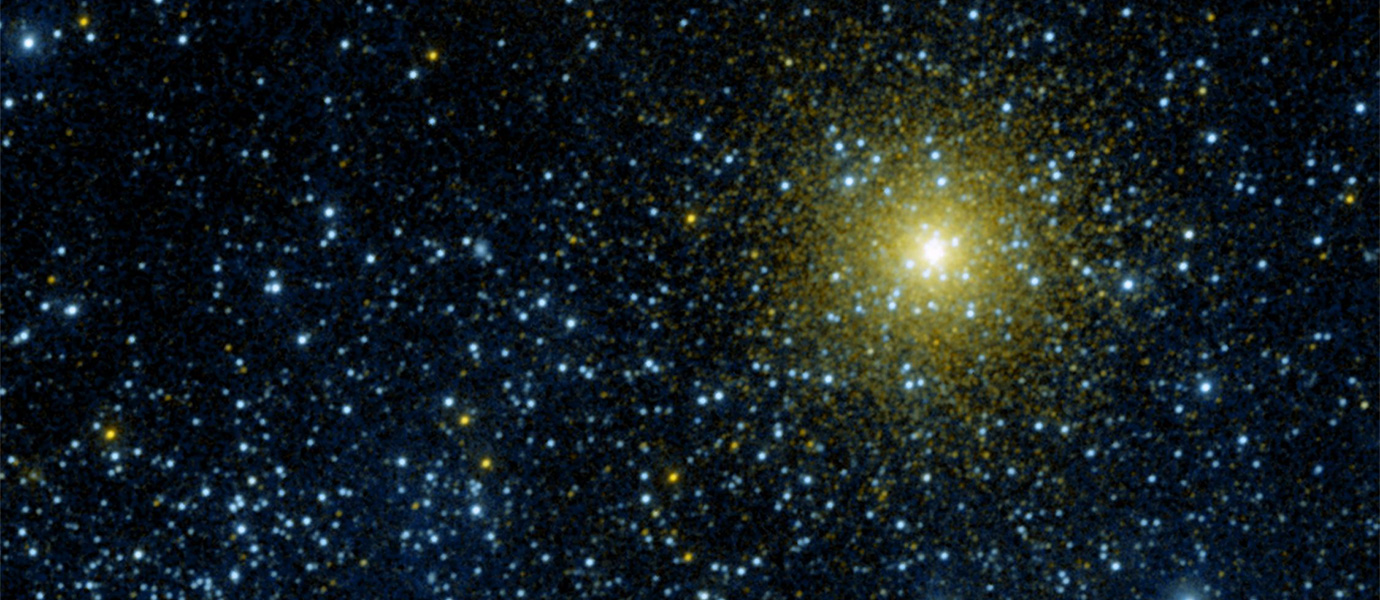ABOUT
Bassett Planetarium
For more than fifty years, Bassett Planetarium, located in Morgan Hall, has provided programs about the night sky to Amherst and Five College classes, and to regional community organizations and school groups. Gifted to Amherst College by Preston R. Bassett, class of 1913, in the 1950s, the Planetarium is the perfect place to learn about the heavens.
contact info
Hrs: September-June By appointment.
HELPFUL LESSON PLAN(S)
Prepared by FieldTripDirectory.com
Planetarium Lesson Plan
FUN FACTS
Earth has more exposed water than land. Three quarters of the Earth is covered by water! The earth has one moon.
Venus is the brightest planet in our sky and can sometimes be seen with the naked eye if you know where to look. It is the solar system’s brightest planet — yellow clouds of sulfuric acid reflect the sun’s light.
Jupiter is so big that you could fit all the other planets in the solar system inside it.
Pluto is no longer considered a planet — instead, astronomers call it a dwarf planet or planetoid.
View Lesson Plan>>ABOUT
Bassett Planetarium
For more than fifty years, Bassett Planetarium, located in Morgan Hall, has provided programs about the night sky to Amherst and Five College classes, and to regional community organizations and school groups. Gifted to Amherst College by Preston R. Bassett, class of 1913, in the 1950s, the Planetarium is the perfect place to learn about the heavens.
contact info
Hrs: September-June By appointment.
HELPFUL LESSON PLAN(S)
Prepared by FieldTripDirectory.com
Planetarium Lesson Plan
FUN FACTS
Earth has more exposed water than land. Three quarters of the Earth is covered by water! The earth has one moon.
Venus is the brightest planet in our sky and can sometimes be seen with the naked eye if you know where to look. It is the solar system’s brightest planet — yellow clouds of sulfuric acid reflect the sun’s light.
Jupiter is so big that you could fit all the other planets in the solar system inside it.
Pluto is no longer considered a planet — instead, astronomers call it a dwarf planet or planetoid.
View Lesson Plan>>ABOUT
Bassett Planetarium
For more than fifty years, Bassett Planetarium, located in Morgan Hall, has provided programs about the night sky to Amherst and Five College classes, and to regional community organizations and school groups. Gifted to Amherst College by Preston R. Bassett, class of 1913, in the 1950s, the Planetarium is the perfect place to learn about the heavens.
contact info
Hrs: September-June By appointment.
HELPFUL LESSON PLAN(S)
Prepared by FieldTripDirectory.com
Planetarium Lesson Plan
FUN FACTS
Earth has more exposed water than land. Three quarters of the Earth is covered by water! The earth has one moon.
Venus is the brightest planet in our sky and can sometimes be seen with the naked eye if you know where to look. It is the solar system’s brightest planet — yellow clouds of sulfuric acid reflect the sun’s light.
Jupiter is so big that you could fit all the other planets in the solar system inside it.
Pluto is no longer considered a planet — instead, astronomers call it a dwarf planet or planetoid.
View Lesson Plan>>
